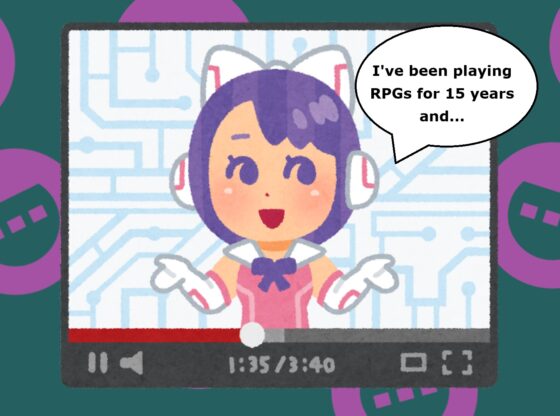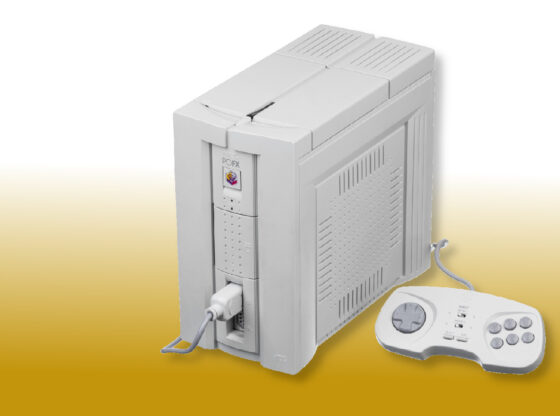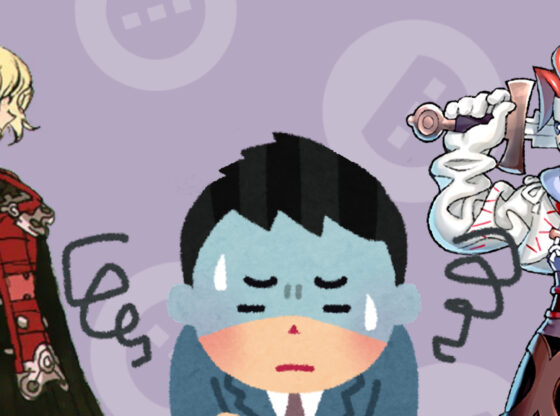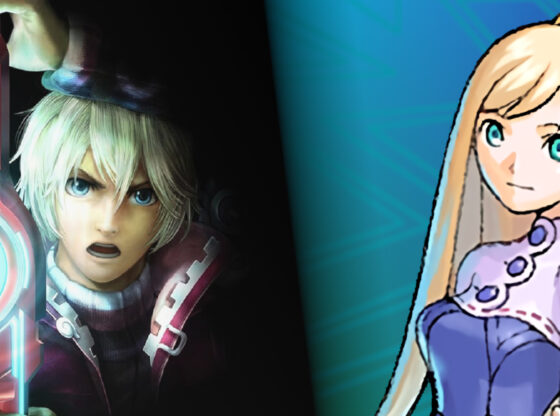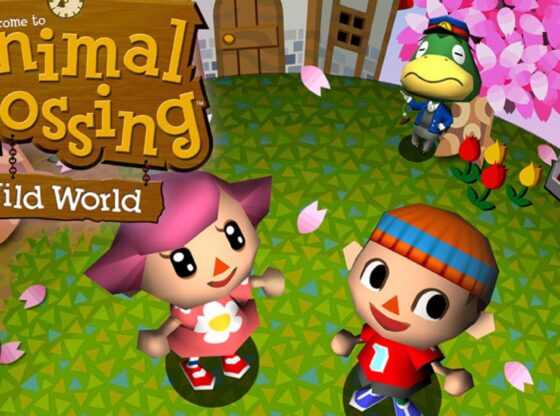Many like to boil Shenmue down to an open-world adventure game. Fundamentally they wouldn’t be wrong, but it undermines the title’s ambition. What makes the game special is not the countless items you can examine, the number of characters or size of the towns. It’s the craftsmanship of the world, its citizens and how the two interact.
Part of what completes Shenmue is its weather system, which can change the atmosphere of the environment. It’s something I would largely overlook if I didn’t have a surreal experience with it.
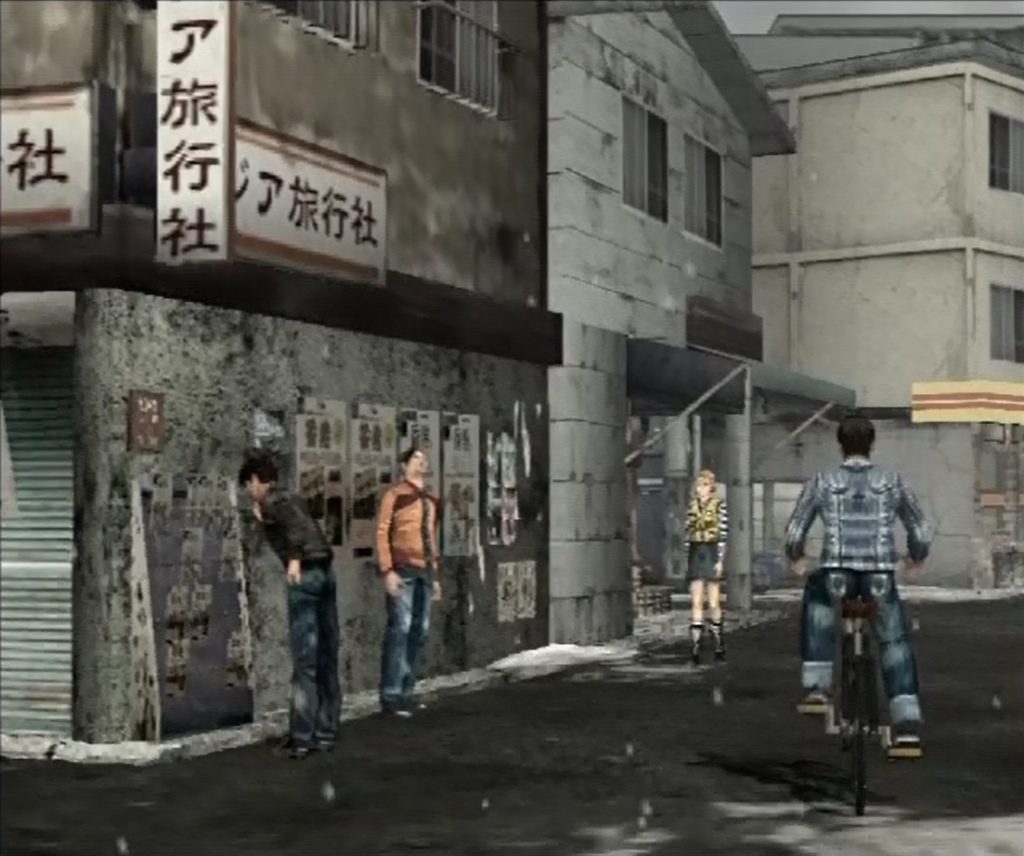
Shenmue begins on Nov. 29, 1986. Technically it continues until April 15, 1987, yet you can reach the credits well before then. On a normal playthrough, most of the game – if not all of it – takes place during the winter months.
Though not the only weather effect, snowfall has the most profound impact on your surroundings. Flakes fall from the sky and snow piles up on the once clean streets of Dobuita. The darkness of the night, lit by street lights, augments the wintry setting.
My playthrough of Shenmue coincidentally took place during the wintertime in real life as well. My room was cold, but outside of the house there was no snow to be seen. Looking at that frosty scene in-game while feeling the frigid air of my room created an illusion of having a greater connection to that world. In that moment, it made exploring the streets feel slightly more real.
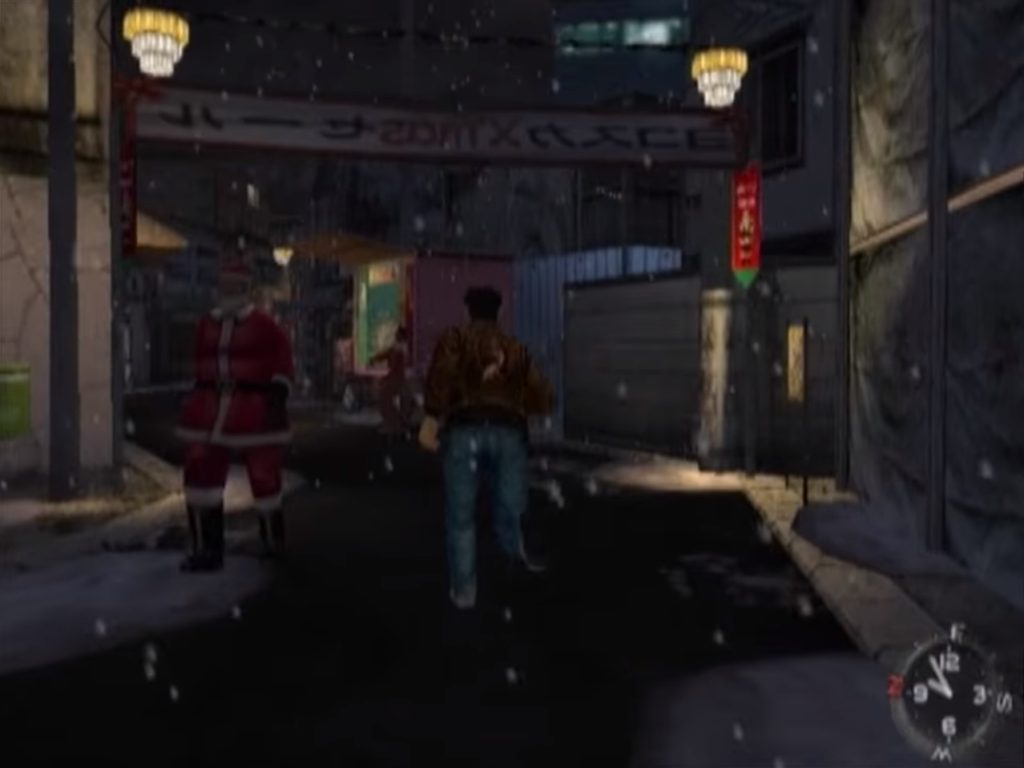
(Image Source: DerfsonicGaming)
Even by 2000, it wasn’t unheard of for a game to have seasons or areas themed upon them. Likely at some point I played a chilly scenario during winter, but it didn’t have the same impact. The high bar Shenmue holds for building a reality is what makes the difference. At least it was enough to slightly trick my brain into thinking I was feeling the climate of the game itself.





